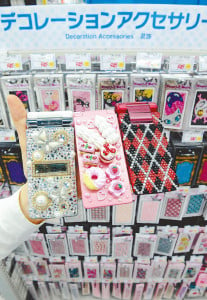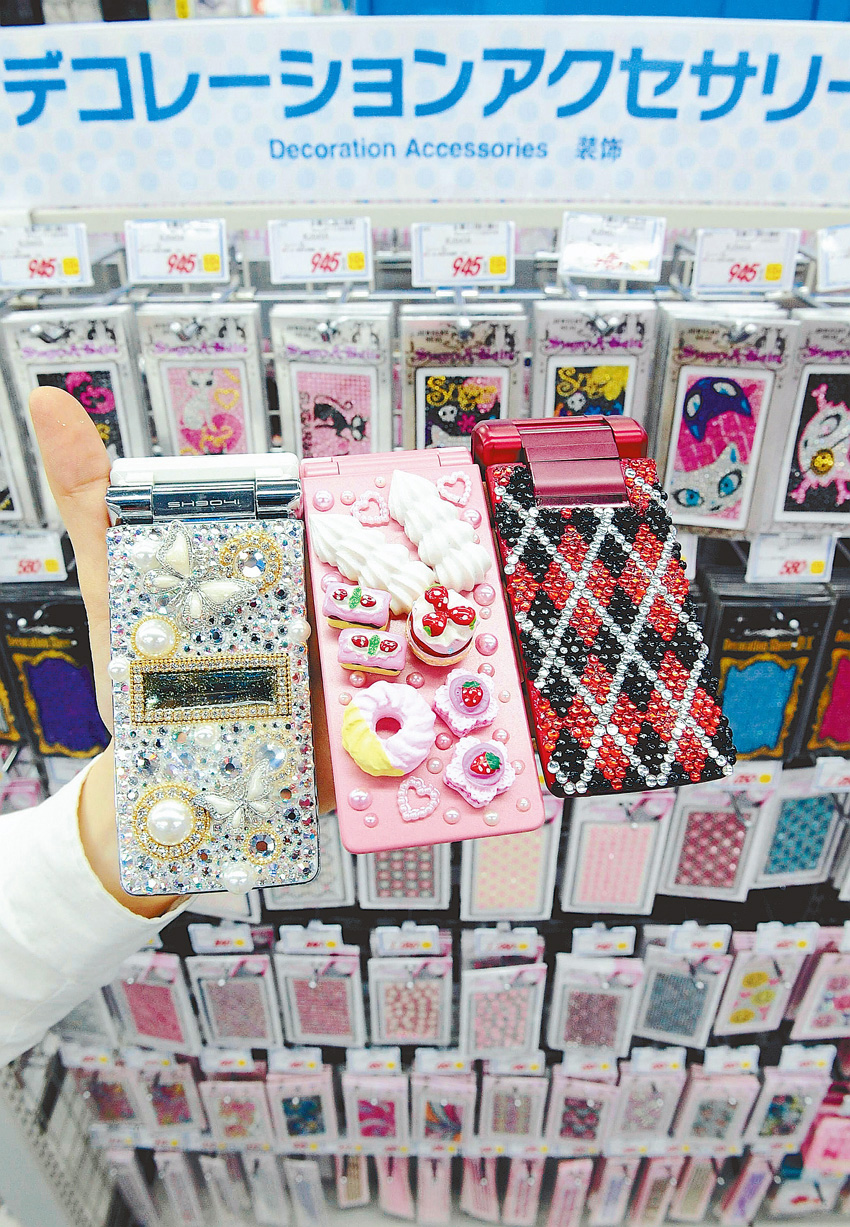
Admit it: when you think of Japanese street style, the first things that pop into your head are the Harajuku girls. Popularized in America during Gwen Stefani’s stint as a solo artist, Harajuku, a trendy shopping neighborhood in Japan, became synonymous with quirky youth fashion–think elaborate maid outfits, wigs and false eyelashes.
Or so I thought. I’m interning in Tokyo this summer as part of the Bing Overseas Study Program, and the first chance I got, I journeyed to Harajuku to see the world-famous street fashion. Turns out, the most ostentatious of the Harajuku girls seem to have moved on, leaving several disappointed tourists in their wake.
I admit, during my time in Japan I’ve seen some quirky fashion, but in less-expected places–like at a summer festival or while visiting temples. But outside of the more outlandish fashion choices, Japanese style is fascinating.
Although I was expecting some style shock before I came to Japan–everyone always goes on about how well put-together people are here–there were still plenty of surprises. For example, I thought Toms, which have exploded in popularity in the United States recently, would at least have made a dent in Japan. Wrong, but Minnetonka moccasins are huge here.
Also, as someone who comes from a place where jeans are the clothing of choice for most people daily, I found myself intrigued by the skirts here, which many women wear daily. The maxi skirt is big with teenagers, often done in pastel pleats or layers of tulle, paired with heels and a jean jacket. Flared mid-length skirts are prevalent among office workers–a popular outfit is said skirt, simple black top and heels. And the miniskirt is everywhere, sometimes shockingly short (it is a style taboo to show much of your shoulders or chest in Japan, yet skirts can be as short as physically possible).
But the accessories are what really make Japanese style so unique. Take socks, for example. In America, socks and tights are often an afterthought; I, for instance, tend to favor any socks that can be hidden in a boot shaft to hide the fact that I think matching socks are only for special occasions. Women in Japan take the opposite tack–socks, like bags, shoes and belts, are key parts of an outfit. Flats are often pared with lacy, colorful liners that play up the shape of the shoe. Heels and Mary Janes (yes, women here are still wearing Mary Janes) go with pale socks that feature lacy trim around the ankle, and the more daring girls wear miniskirts with knee-high stockings and heels.
Japanese women don’t stop at accessorizing their outfits–they accessorize their bags and phones as well. While cell phone charms in the United States are mostly relegated to middle-school girls, such trinkets are ubiquitous in Japan. Stores and souvenir shops have a huge collection of cell phone charms, and even the most austere-looking businessmen decorate their smartphones.
On the male side, fashion ranges from the standard “worker” look–a navy suit–to something more fashionable and boy-band inspired: think skinny pants, layered shirts, hair teased with gel and shoes with a thick sole for extra height.
What I love most about the style here is the fact that everyone always seems at their most put-together every time you see them. Crowded subway rides become much more bearable when there are so many interesting looks to see. I know I’ll miss the creativity when I am back in lecture halls, back to the usual undergraduate sea of jeans and sweatpants.
